Mastering Trapping of a Soccer Ball in Flight
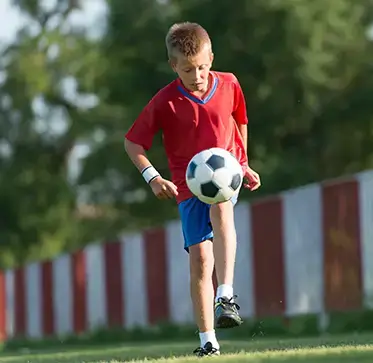
CRFC BLOGS
LATEST BLOGS & NEWSLETTERS
Mastering Trapping of a Soccer Ball in Flight
As soccer professionals, we understand the journey from mastering basic soccer skills like kick catch, kick bounce, and the magic hop to advancing toward more complex soccer techniques such as trapping, passing, and shooting. A pivotal moment in this journey is when players start learning how to effectively receive high balls and control rolling balls. These skills are crucial for progressing in soccer, as they significantly impact a player’s ability to maintain possession and make strategic plays. In this article, we delve into the art of high soccer ball trapping and drills that enhance the skill of receiving a rolling ball.
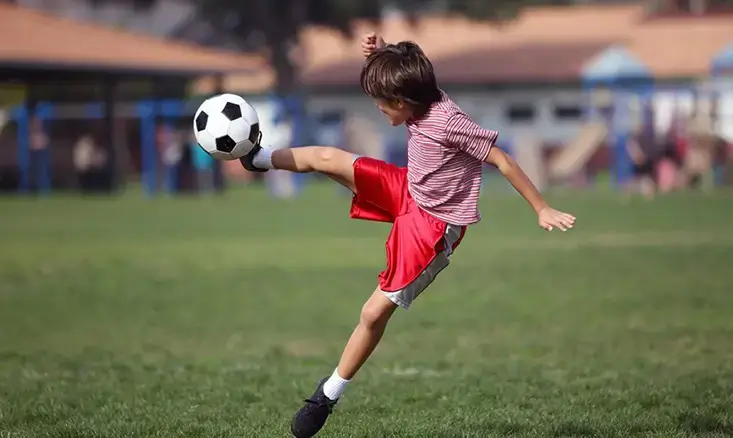
Understanding High Ball Trapping
Receiving a high ball is a multifaceted skill that demands acute judgment, precise timing, and the flawless execution of a soccer ball trap technique. The complexity lies not just in tracking the ball in flight but also in determining the optimal moment and method for trapping the soccer ball to retain or redirect its momentum according to the game’s needs.
To initiate players into high ball trapping, we start with a soccer ball trapping drill where the ball is held in the player’s hands. This drill focuses on dropping the ball and using different parts of the foot—the inside, the outside, and the laces—for trapping. The essence of this exercise is to build repetition and familiarity with the ball’s behavior upon contact with these foot areas.
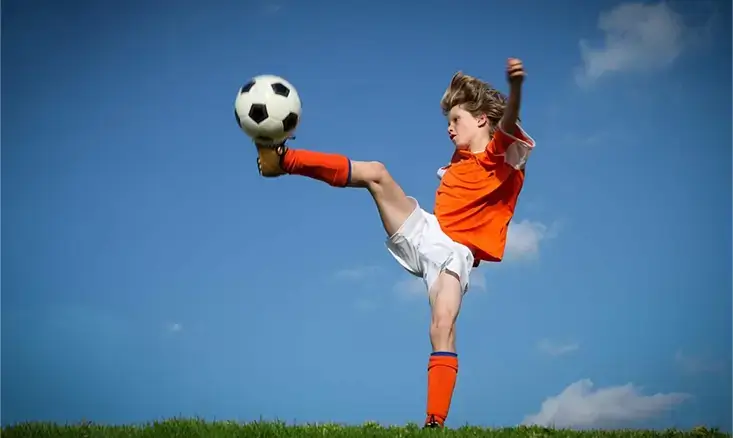
The Magic Hop in Trapping
A crucial aspect to observe during these soccer ball trapping drills is the player’s plant foot and the execution of the “magic hop.” This small yet significant hop is key to setting the timing and allowing for the minor adjustments necessary to perform the trap successfully. It’s a testament to the philosophy that effective ball control often hinges more on the player’s overall body coordination and timing than on the specific foot used for trapping.
Progressing the Difficulty
Once players become comfortable with the basic soccer ball-trapping techniques using both feet, we increase the challenge by raising the height from which the ball is dropped, thereby adding complexity to the trap. This progression is designed to mimic the unpredictable nature of ball reception during a game, where factors such as the ball’s speed, spin, and trajectory can vary widely.
Emphasizing the Trap
As players advance, more emphasis is placed on the nuances of the actual soccer ball trap. This involves guiding the ball with a controlled touch that either cushions its descent for retention or redirects it for a pass or shot. This stage of training is critical, as it bridges the gap between basic skill acquisition and practical in-game application.
Bilateral Training
An essential principle in our training methodology is bilateral proficiency—ensuring that players are equally adept at performing skills with both their right and left feet. This approach not only makes players more versatile and unpredictable but also enhances their overall balance and coordination.
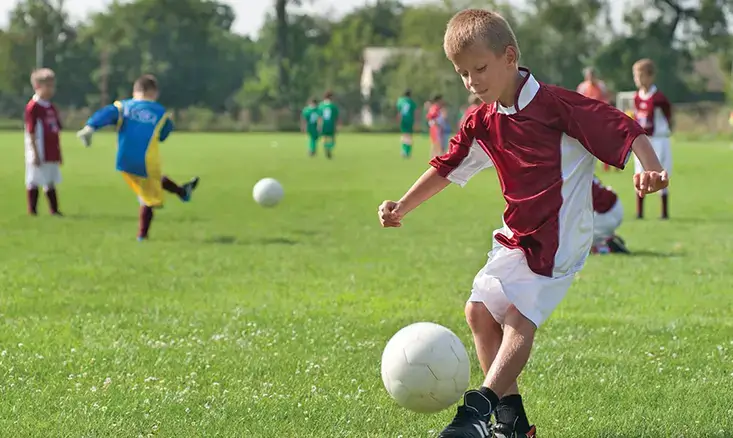
Soccer Ball Trapping Drills
To aid in the development of these skills, we incorporate a variety of drills that focus on:
● Repetition of Trapping Techniques
Players practice trapping high balls with different parts of both feet to develop touch and control.
● Dynamic Receiving Drills
These drills involve moving to meet the ball, simulating game-like scenarios where players must adjust their position and timing to effectively receive passes.
● Pressure Drills
Adding defenders or time constraints helps players refine their trapping and ball control under pressure, preparing them for real-match situations.
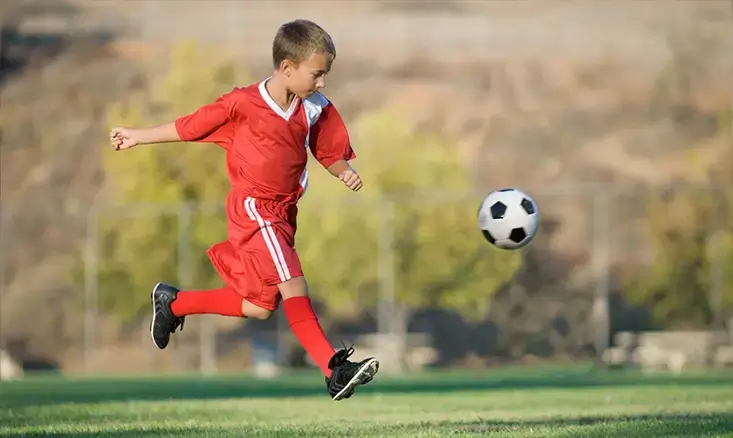
Conclusion
Mastering the reception of high balls and controlling rolling balls are critical milestones in a soccer player’s development. Through dedicated practice, attention to body mechanics like the magic hop, and a focus on both feet’s proficiency, players can significantly enhance their ability to control the game. As we continue to emphasize these advanced skills at RISE FC, our goal remains to cultivate well-rounded players equipped with the technical prowess and strategic understanding necessary to excel in soccer’s dynamic environment.
Starting our unique series tailored for young soccer players eager to sharpen their skills, we initiate with Ball Control, the foundation of all soccer mastery. As confidence blooms, we advance to mastering Kick and Catch, followed by the dynamic Magic Hop. Next, we delve into the precision of Trapping a Ball, teaching players to stop the ball effectively. The series concludes with the essential skills of Receiving and Trapping a Rolling Ball, critical for the development of any prospective soccer player.
The video of this skill is coming soon.
FAQs
What are the cues for effectively trapping a soccer ball?
To effectively trap a soccer ball, players should focus on the timing of the trap, the positioning of their body and feet, and the use of the ‘magic hop’ for minor adjustments, ensuring smooth control over the ball’s trajectory and speed.
What is the purpose of trapping the ball in soccer?
Trapping the ball in soccer is crucial for receiving high balls and controlling rolling balls, enabling players to maintain possession, make strategic plays, and smoothly transition between receiving the ball and executing the next move.
What are two key points when trapping the soccer ball?
Two key points in soccer ball trapping are using the correct part of the foot for the type of trap required (inside, outside, or laces) and executing the ‘magic hop’ to adjust timing and position effectively.
What are the three ways of trapping the ball in soccer?
The three primary methods for trapping the ball in soccer include using the inside of the foot for precision, the outside of the foot for directing the ball away from opponents, and the laces for controlling high balls.
How do you chest trap a soccer ball?
To chest trap a soccer ball, position your body in the path of the incoming ball, slightly lean back, and expand your chest to cushion the ball’s impact, reducing its speed for a controlled touch down to your feet.

Did you find this useful?


